A Ghost Story for Christmas
In writing my last article - a little introductory piece on the horror writer M.R. James - I came across a list of short, made-for-television films based on his stories. They were produced by the BBC from 1971 -78 as a nod to – or perhaps an attempted revival of – the British tradition of telling ghost stories around Christmas-time. The series was itself revived in 2005, and new instalments have been produced on a not-quite-annual basis since.
As a fan of gothic spookiness but not horror per se, I was really delighted with these – so much so, in fact, that I decided to review them, since I was watching them all anyway. The following contain spoilers, so be warned. I found that having read James’ collected works beforehand (and so being thoroughly spoiled) didn’t detract from my enjoyment at all, but I like knowing what I’m getting into. If you, too, prefer having media peer-reviewed by weird homosexuals before giving it your time, I hope this piece serves you well.
The Stalls of Barchester (1971)

A promising start – atmospheric, restrained, shot on location and with attention to historical detail. Quite funny in parts and a good variety of posh accents. Unfortunately the climactic moment is a little stiff and underwhelming. I give it 3 out of 5 cursed wooden figurines.
A Warning to the Curious (1972)

A good sequel to Barchester, though arguably scarier; the vengeful ghost’s pursuit of the protagonist feels more like a slasher movie than a haunting. My only complaint is that the film waits too long to make the protagonist sympathetic – the script should have stuck nearer to James’ original and set his conversation with the academic at the beginning. The way that the latter weeps over the former’s corpse at the end adds unexpected pathos to the story, though. 3 out of 5 cursed ancient crowns.
Lost Hearts (1973)

This film was my first exposure to James’ works as far as I can remember, screened years ago at a ‘Christmas folk horror’ double feature (the second act was a holiday episode of The Avengers – it wasn’t altogether thematically successful). Again, the locations are perfect and the film takes the time to build an atmosphere of dread and isolation. This story is the nearest James gets to suggesting a less supernatural horror - that of child abuse – making it especially tense. 3 out of 5 cursed dead children.
The Treasure of Abbot Thomas (1974)
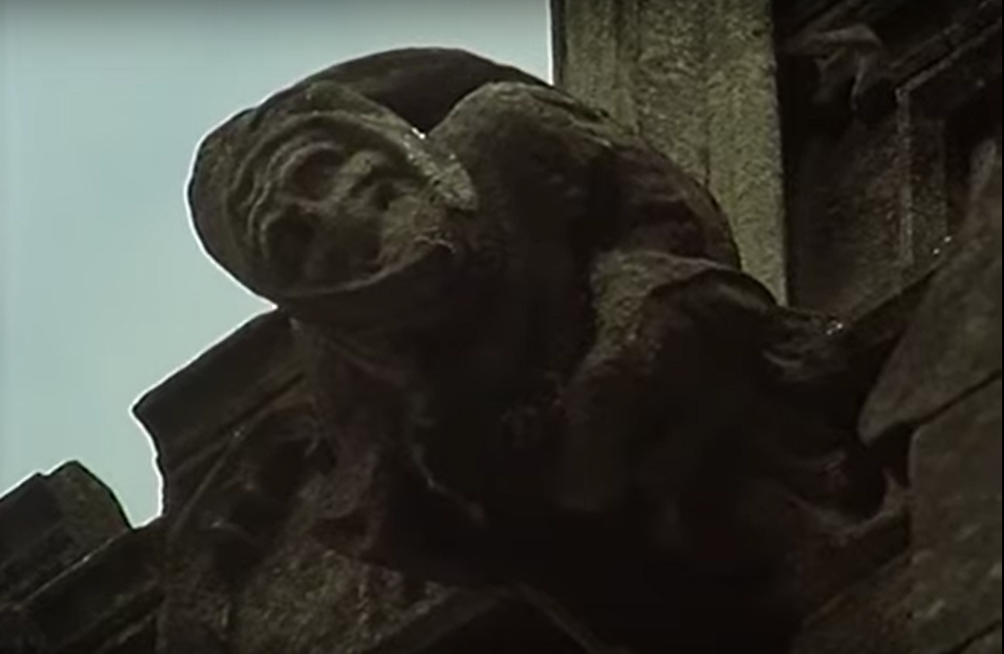
Not a fan of this one. Firstly, it opens with the moans of a psychic medium holding a seance which – well – one could guess at what the spirits might be up to under that table. Secondly, the original story doesn’t lend itself very well to film, much of it being occupied with a solitary scholar solving cryptic clues left in a stained-glass window, but the new characters created for this adaptation are neither interesting nor very sympathetic. The way the blond twink calls his teacher by his first name is particularly jarrring – no one but spouses are on a first-name basis in James’ works, so make of that what you will. The slug monster is very cool though. 2 out of 5 cursed Things of Slime.
The Ash Tree (1975)
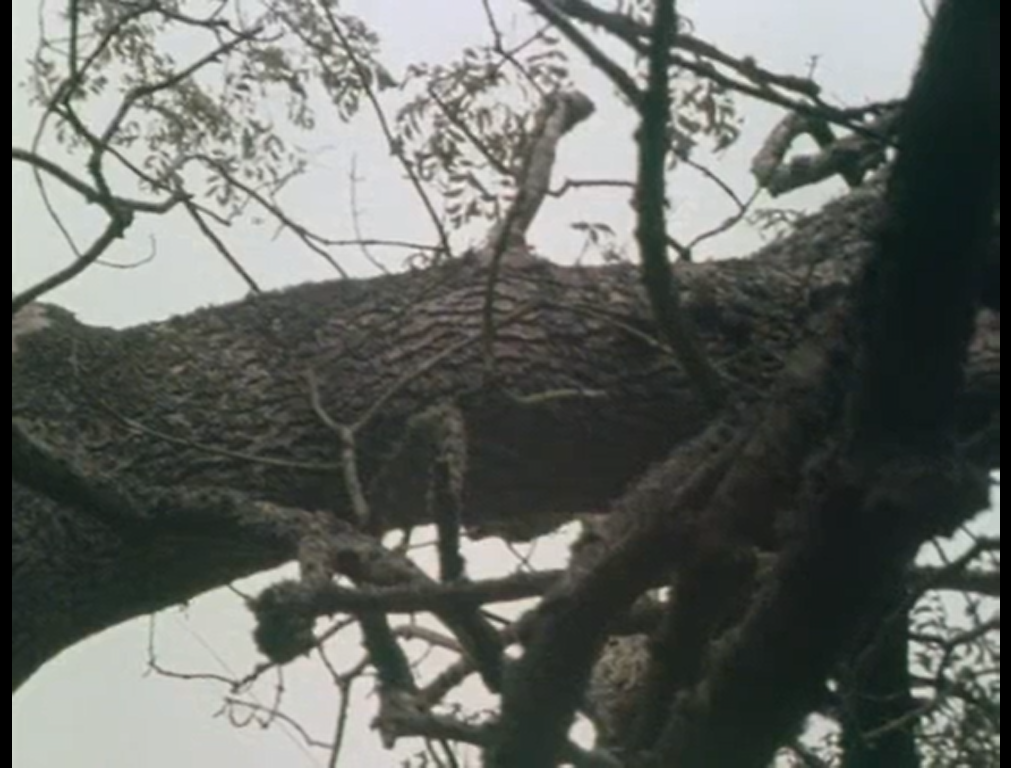
Another one I’m not much into. Atmosphere is sacrificed for dense storytelling in the form of flashbacks (featuring some dreadful 17th century costumes) and exposition from the vicar. The original story is one of my least favourites because the premise is ‘what if some accused witches really were witches?’, and if you’re going to get into that sort of victim-blaming territory, you had best have something very interesting to say. James didn’t. This adaptation (being from the 70s) also has tits out during an (implied) torture scene. Tits out should be a joyful occasion. 1 out of 5 cursed spider puppets.
The Signalman (1976)
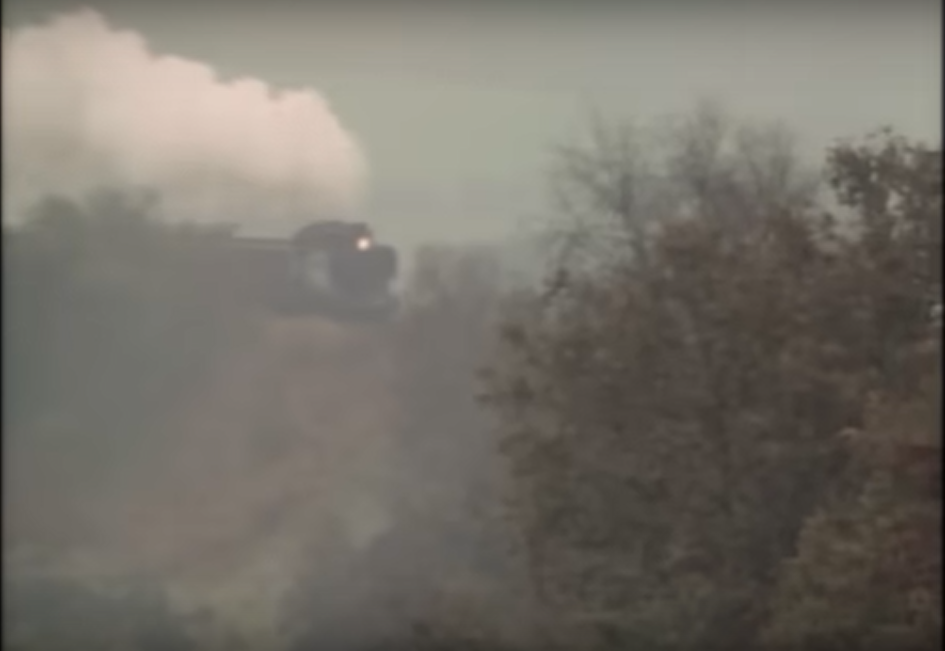
The atmosphere is back! Oh, this one is so eerie. It’s the first in the series to not be based on a James story; the original was written by Charles Dickens (of whom James happened to be a big fan). Denholm Elliot’s performance as the titular character is perfectly tuned to the feeling of the story – that of being in some half-real space, both mundane and supernaturally dangerous. The story ultimately doesn’t make much sense, which undermines the tragic conclusion somewhat, but it’s still a fun ride. 4 out of 5 spectral omens.
Stigma (1977)
The Ice House (1978)
The last two films in this series’ original run were new scripts, not based on any short story. I had intended to watch them for the sake of this article, but I’m just not that dedicated, it seems. They’re free to watch on youtube, for any who may be more interested than myself.
A View from A Hill (2005)
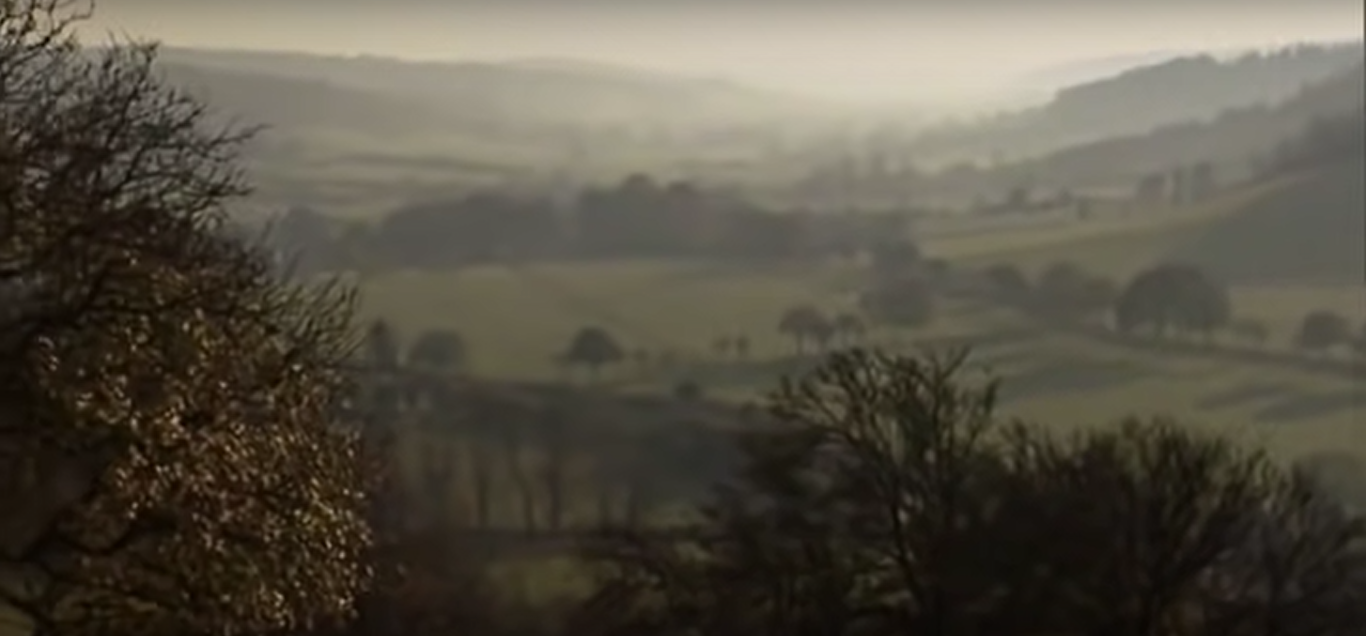
The creators of this first instalment in the new series recognised what the originals did well and only improved upon that. Not only are the locations beautiful and the period setting convincing, but the characters and the dynamics between them are especially well articulated. None of the three main characters like each other much, but their interactions are entertaining rather than miserable - a difficult trick to pull off, I think. Properly scary bits too. 5 out of 5 cursed ocular implements.
Number 13 (2006)
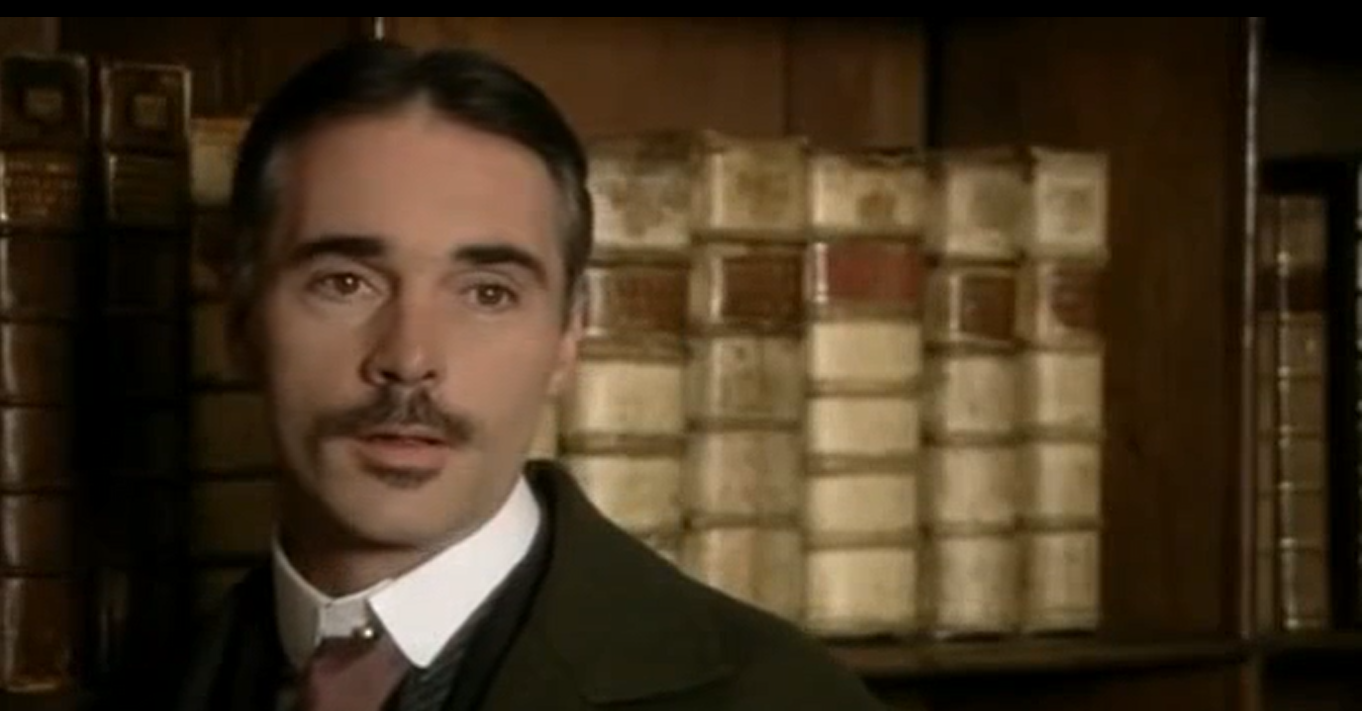
Not much wonder that there was a four year gap between this one and the next. The settings and acting can’t be faulted – the hotel is especially beautiful, all polished wood panelling and oriental rugs. I once saw Burn Goreman’s performance in Pacific Rim described by someone online as an ‘ethereal tremblegay’, a set of words which were immediately brought to my mind by Greg Wise’s portrayal of the main character of this story. He is so exquisitely prim, and his eyes are so large and wet. No, the fault lies with the way the horror element was adapted from text to screen. The frustrating thing is that I think the spookiness in the original story would work perfectly well on film – I was especially looking forward to the bit when Anderson and the innkeeper hear the deranged singing coming from the other side of the wall. But alas, the scriptwriter seemed to be keen on expressing something about Anderson’s repressed sexuality (hetero, despite all appearances) via the supernatural, a theme which feels clumsily shoehorned into the story. 3 out of 5 cursed Bosch-based light shows.
Whistle and I’ll Come to You (2010)
To be honest, I couldn’t find this one on youtube nor 123movies, and I didn’t care to search any further for it.
The Tractate Middoth (2013)
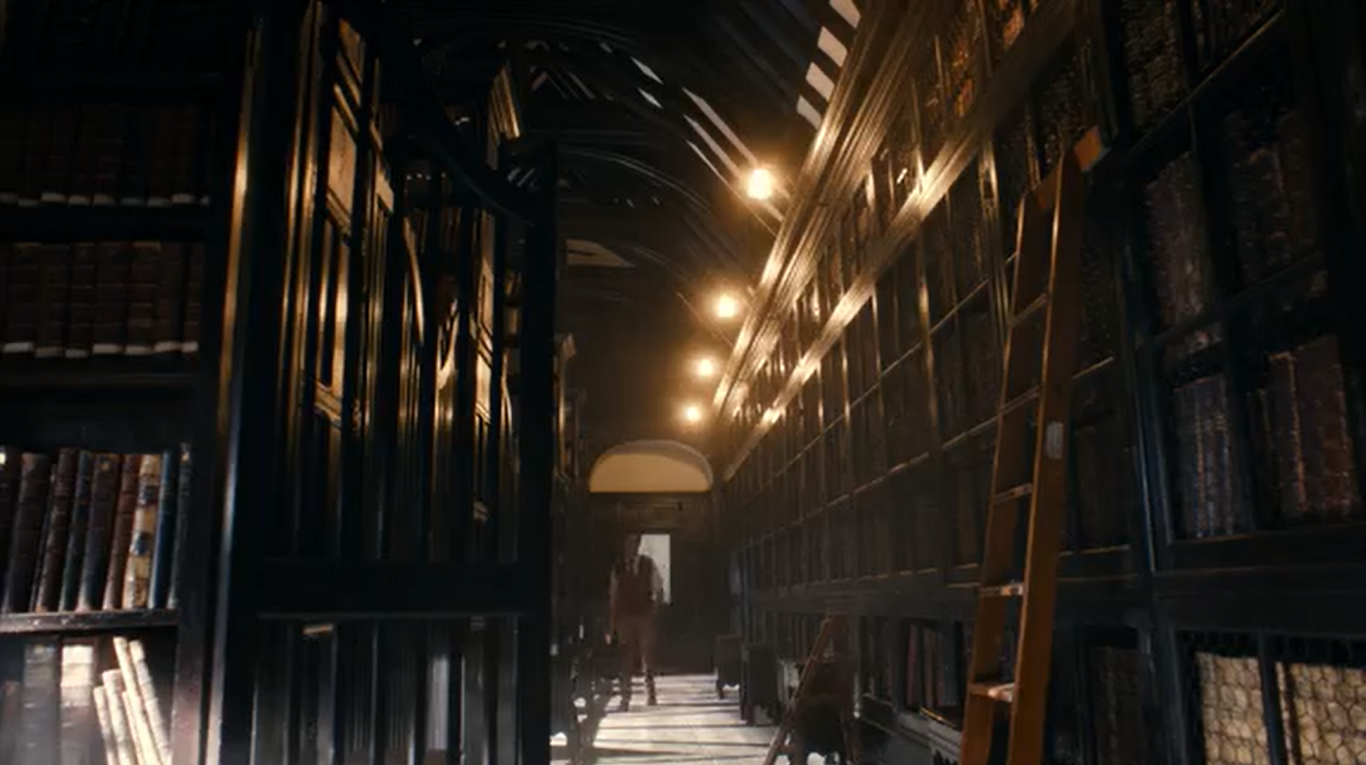
Here we enter the series’ Gatiss era; all of the following instalments are adapted and directed by Mark Gatiss, of Sherlock infamy. He does much better with James’ work than Doyle’s, thankfully, and the alterations he makes to this story in particular are gentle and effective. We encounter our first character of colour in the series – the main character, no less – which, while it has no real bearing on the story, is refreshing and an appreciable reminder to the viewer that people of colour have always been in Britain. Fans of transit will appreciate the 1950s steam train shots, and fans of dusty corpses will love the practical effects in this one. 4 out 5 cursed Torah commentaries.
The Dead Room (2018)
This is another original, non-James script. Didn’t bother.
Martin’s Close (2019)
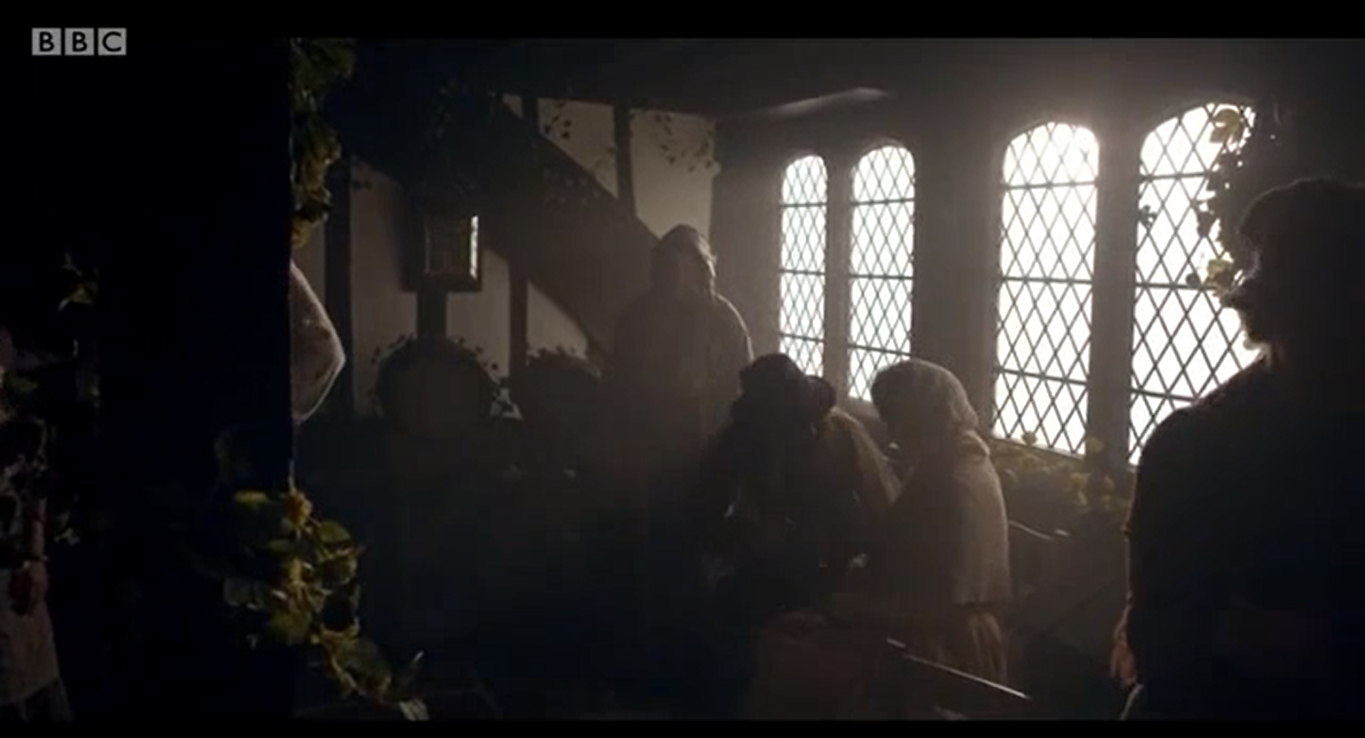
This is probably my favourite of M.R. James’ stories, and definitely my favourite of these adaptations. The action takes place in the 17th century, and the period is done well in every respect, I think. The interiors were especially good – claustrophobically small and dim, which is both historically accurate and atmospherically effective. The dialogue remains pretty faithful to James’ fictional court transcript and just as funny. The decision to make the cow-herd who testifies against the antagonist a black slave was a notably clever one, in my opinion; it adds new significance to the other characters referring to him as a ‘boy’, and reminds the viewer that the English past was dark in many ways, quite a few of which James was unwilling to address. Also, these little mock block prints that appeared during the end credits absolutely delighted me.
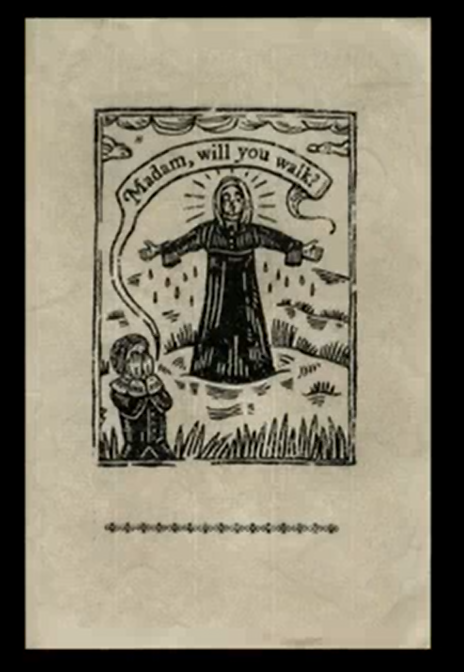
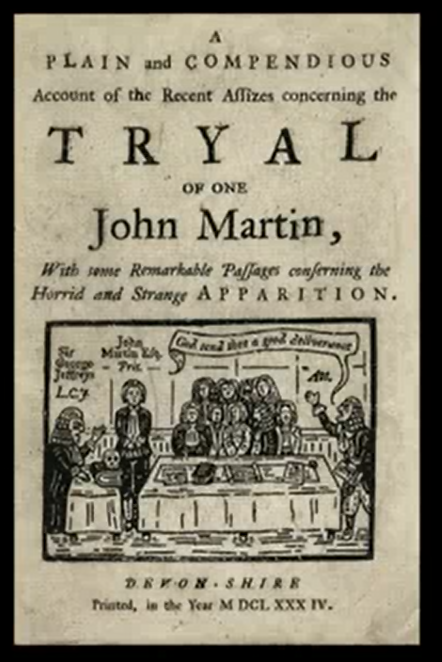
Narratively satisfying and spooky. 5 out of 5 cursed folk tunes.
The Mezzotint (2021)
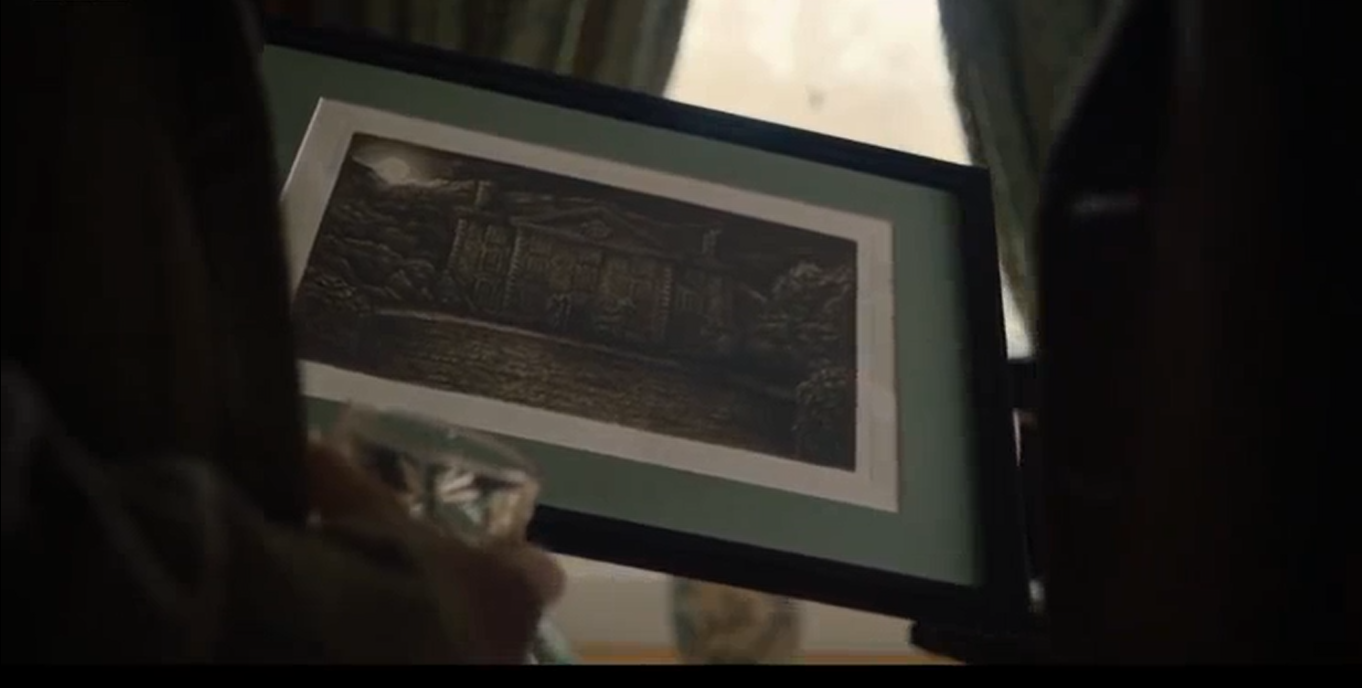
Do you enjoy a harumph? A guffaw? A fine moustache, bristling with fear? If so, you’re going to love this instalment in our series. Rory Kinnear has a talent for playing stuffy, upper-class characters with a scientifically precise degree of absurdity; his performance as the story’s antiquarian protagonist is funny yet sincere enough to be sympathetic. Most importantly, though, the titular mezzotint is a believable early 19th century print, and the ‘grotesque’ figure which gradually moves across the image is effectively creepy. All too often, film productions will skimp out on hiring a good artist to produce a haunted portrait or somesuch, and when the image is revealed its poor execution completely un-suspends the viewer’s disbelief (see any adaptation of The Picture of Dorian Gray for an example). Unfortunately, the very last scene in this film does work against that carefully-crafted creepiness by showing too much of the ghoul in the flesh (or lack thereof). 4 out of 5 cursed overpriced pictures.
Count Magnus (2022)

The latest instalment in this series, released just last Christmas, Count Magnus is driven by the thoroughly entertaining quality of its protagonist. The locations are, as always, beautiful, and the other characters are, in typical Jamesian fashion, possessed of unique personalities despite their minor roles, but it’s the Bilbo Baggins-esque travel writer Mr Wraxhall, played with impeccably genteel awkwardness, who carries the story. You do feel bad for him, in the end - but the conclusion is too ghoulish to be really tragic. 5 out of 5 cursed Swedish manor houses.
Will there be a new Ghost Story for Christmas this December? I’ve sniffed around online and haven’t found any information, but I do hope there will be. Aside from eating vast quantities of lebkuchen and pfeffernusse and watching The Muppet Christmas Carol, this might finally give me a reason to mark Christmas on my calendar.